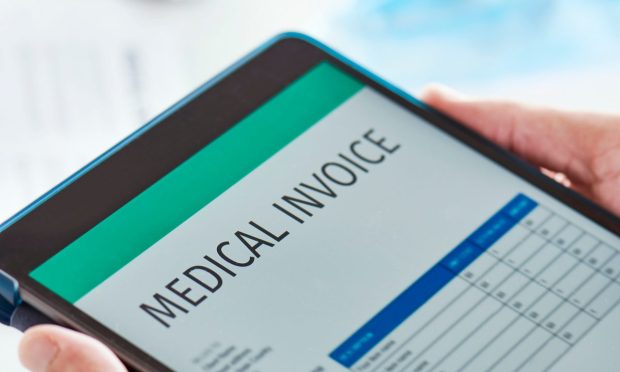Cedar Debuts Integrated Health Data Tool

Healthcare FinTech platform Cedar has introduced the Payer Intelligence Layer.
“With the Payer Intelligence Layer, Cedar can now integrate data from health insurers and healthcare providers to help create a single source of information for consumers managing medical bills,” the company said in a Tuesday (Nov. 1) news release.
Pittsburgh-based companies Highmark and Allegheny Health Network (AHN) will be the first to launch the new technology for services provided to Highmark members at AHN-owned providers and facilities, Cedar said in the release.
“For too long, payer and provider misalignment has led to a poor experience and lack of clarity for consumers managing healthcare bills — this is a system problem, requiring a system solution,” said Cedar President Seth Cohen in the release. “When each party plays a separate role, neither can fix the experience alone. But by bringing both sides together, we can create the best possible experience, reducing billing friction for consumers while delivering more efficient operations for payers and providers.”
Initially available via the company’s billing and payment solution Cedar Pay, the Payer Intelligence Layer lets consumers access insurance explanation of benefits, real-time deductible status and health benefit accounts in the place where they view and resolve medical bills, while using “a single, intuitive interface,” the company said in the release.
Managing medical bills has become more and more crucial as consumers increasingly live paycheck to paycheck, making healthcare “part of bill triaging,” as PYMNTS reported last month.
Read more: Payment Plans Critical for Financial Wellness as Healthcare Costs Grow
Forty-six percent of unwell patients have canceled appointments due to high cost estimates.
A staggering 60% of paycheck-to-paycheck consumers — who also had issues paying bills — canceled due to the surprise of a high-cost estimate. The average amount of money paid out for “surprise” bills exceeded $675.
Meanwhile, a substantial percentage of consumers, regardless of their income level, said they have spent more on healthcare than they can afford.
